We often see our Core-Tex family assume upright balance training on Core-Tex goes from two hands on the handrail to hands free and no use of the handrail. In other words, going from the most help to the least help. This may lead to a misinterpretation of Core-Tex being "too advanced" and a missed opportunity to scale your balance progressions in a way that allows the user to be successful.
With this video, we will share with you 12 progressions to use with your patients, clients or yourself that maximize the the reactive balance benefits of Core-Tex.
As a reminder, there are benefits achieved with reactive balance training that are not achieved with conventional balance training. These benefits were found in several studies, including the study that we posted HERE.
These 12 progressions are easily scalable for programming with users of all ages and abilities. We have seen these progressions or parts of these progressions successfully used with neurological disease, vestibular issues, stroke, hip/knee replacements, post concussion and active aging.
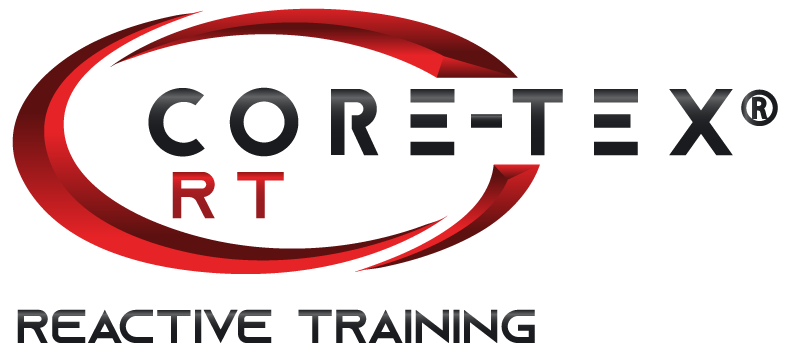

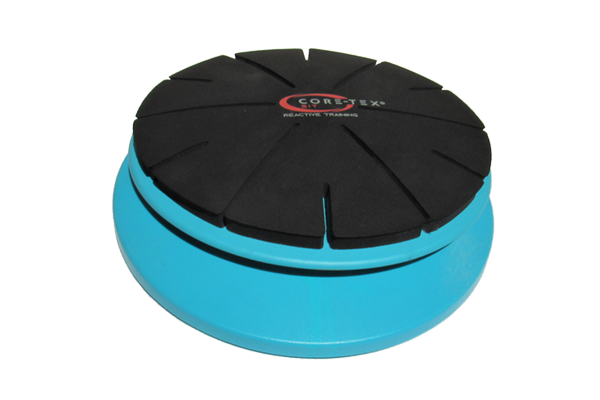
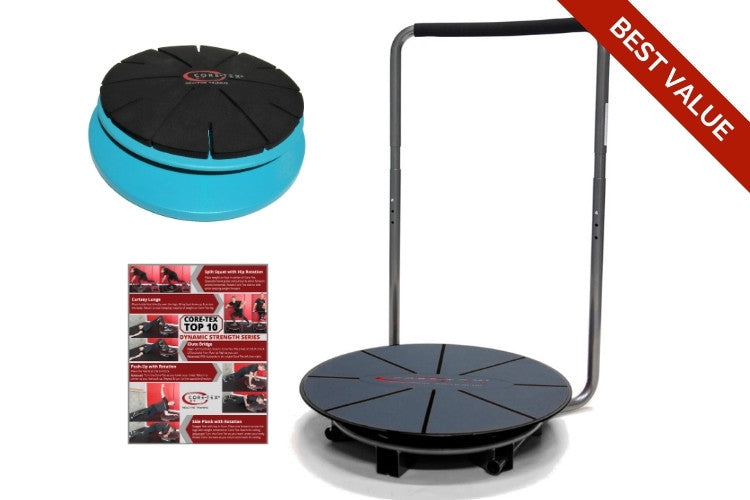



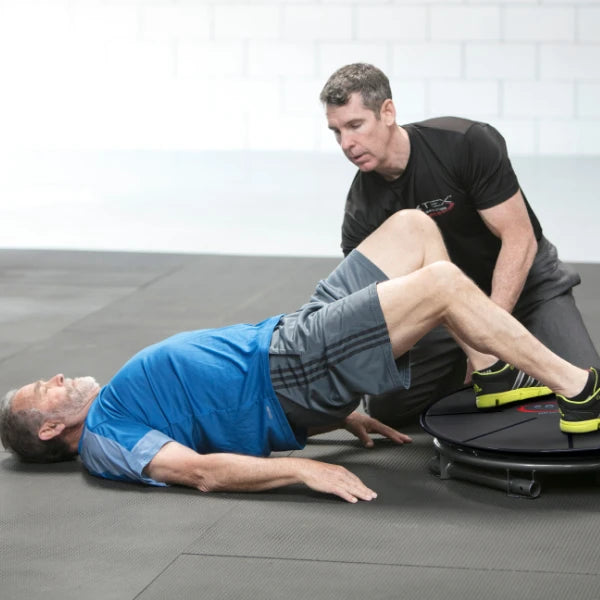
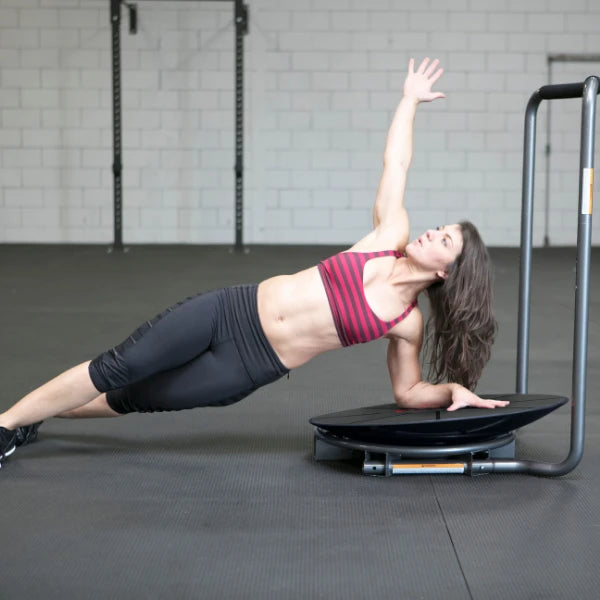
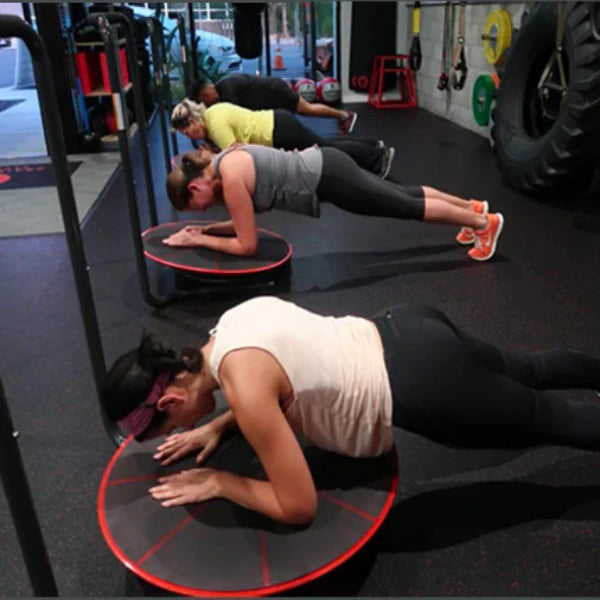
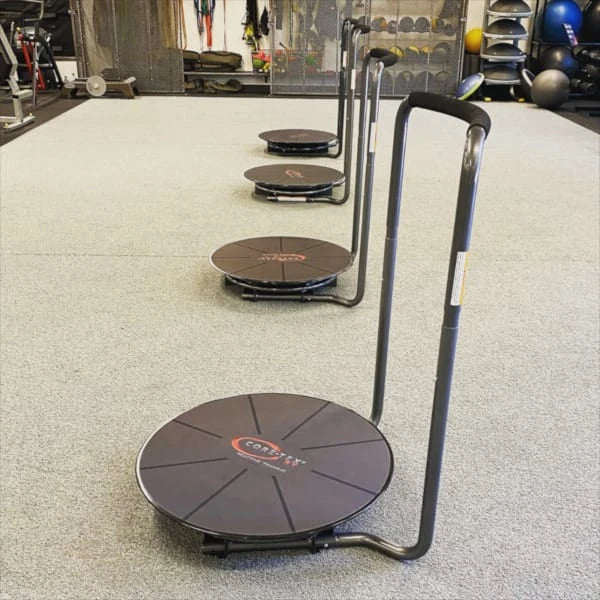
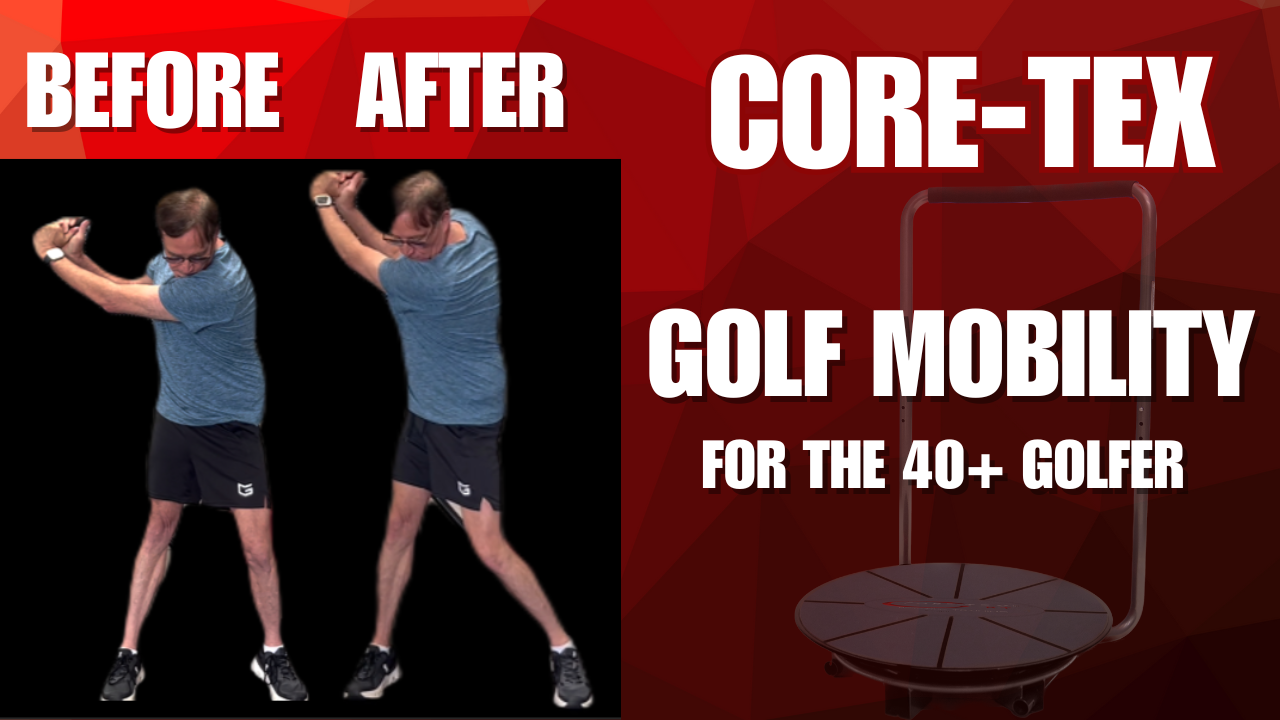
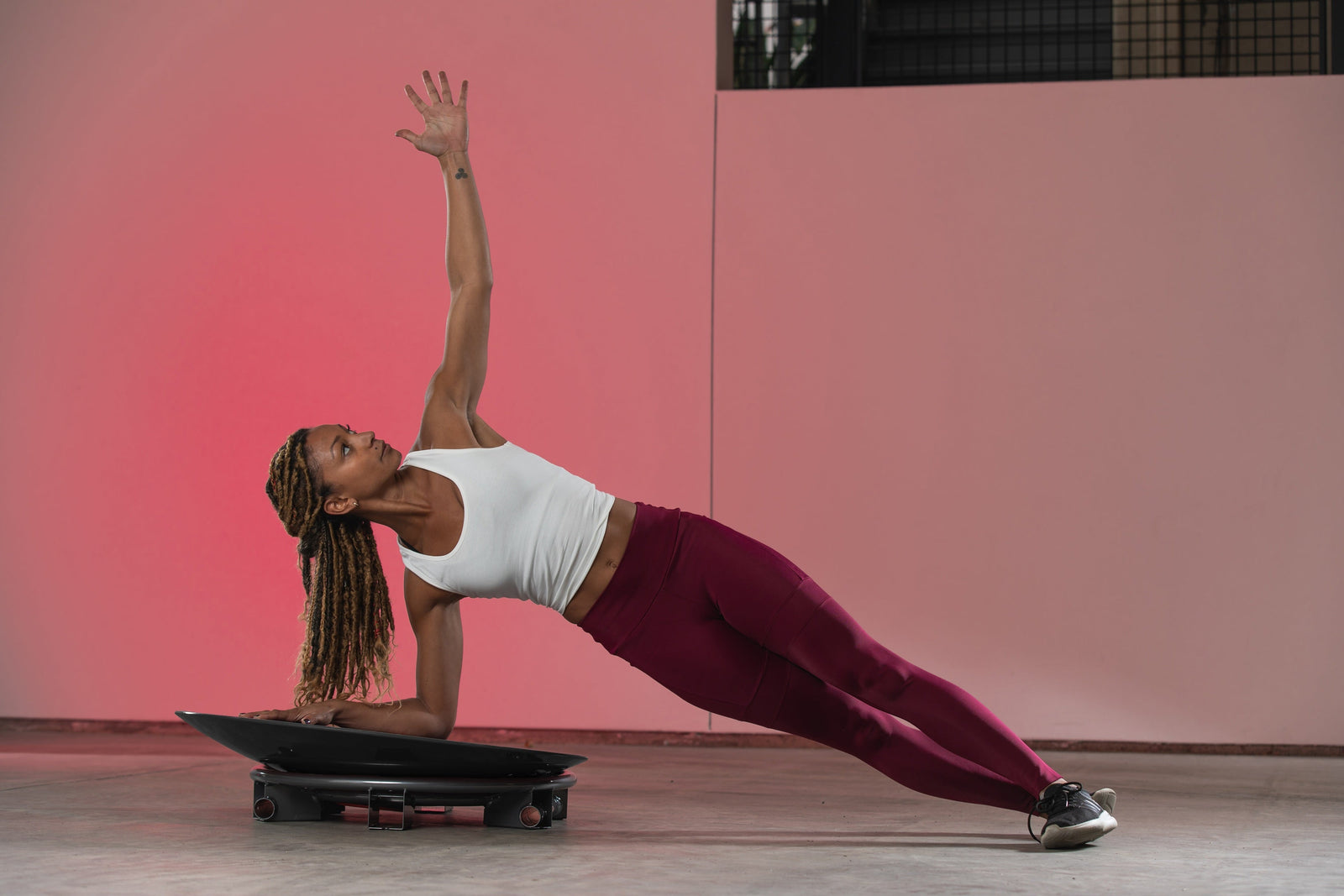
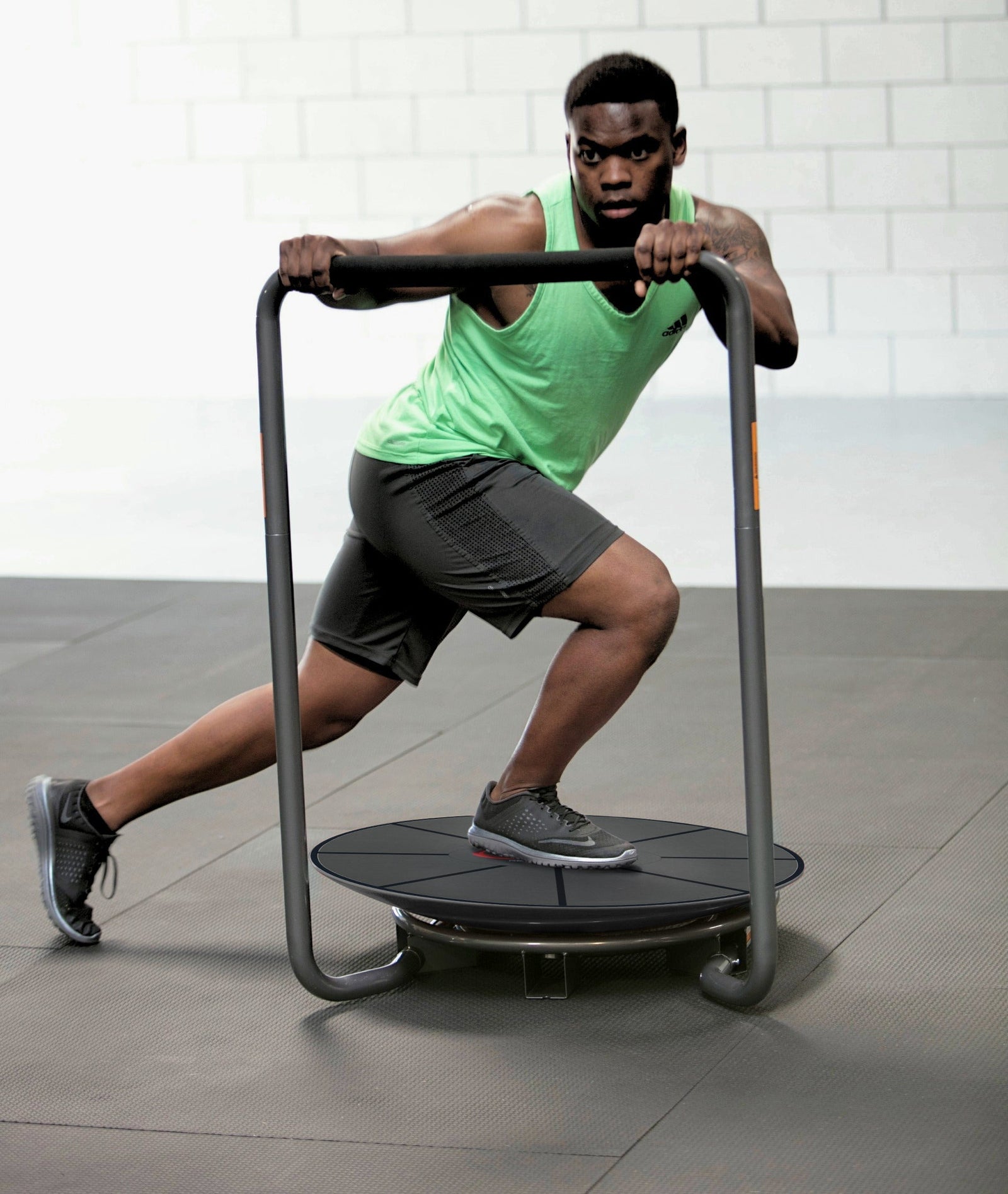
Leave a comment (all fields required)